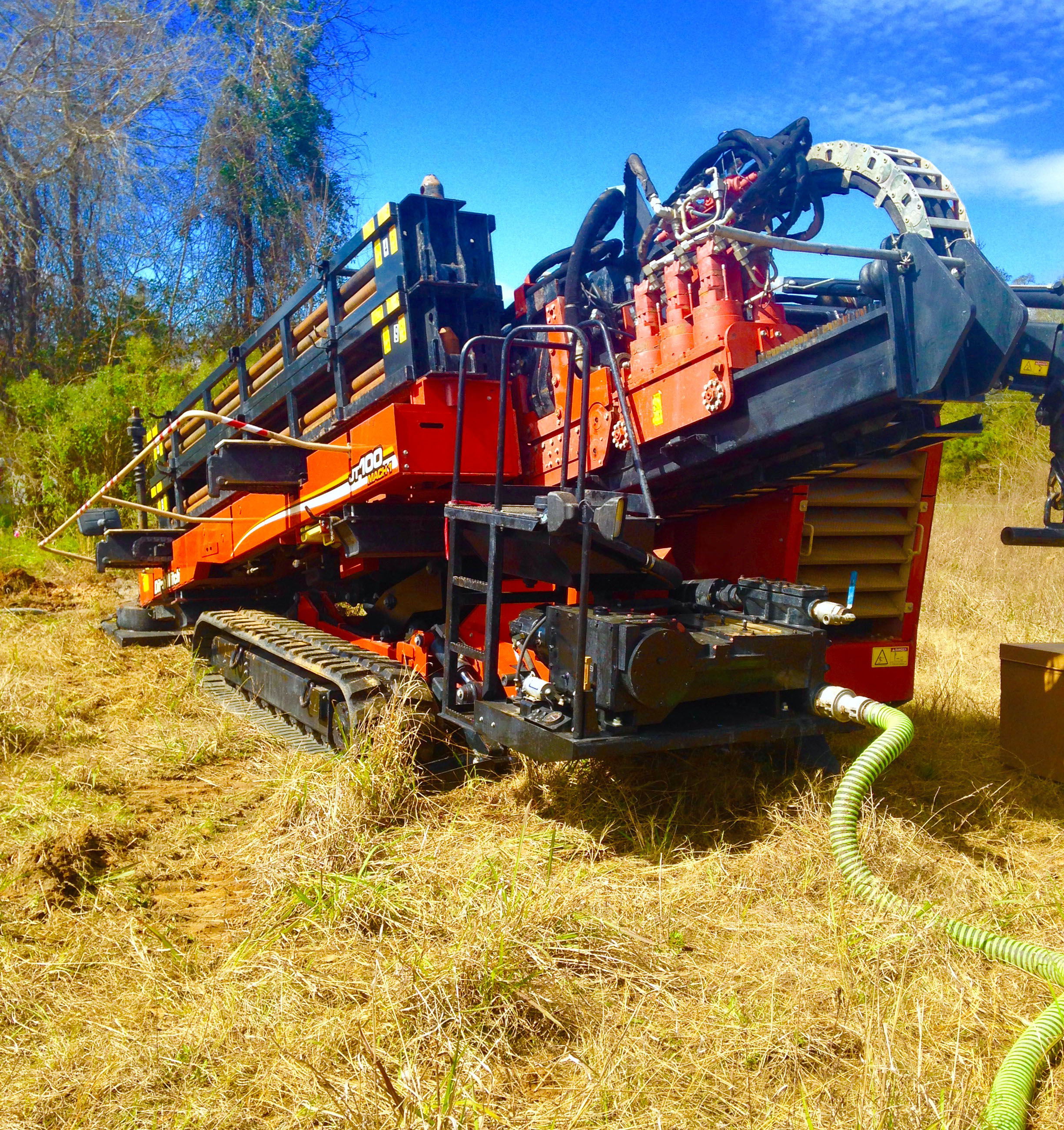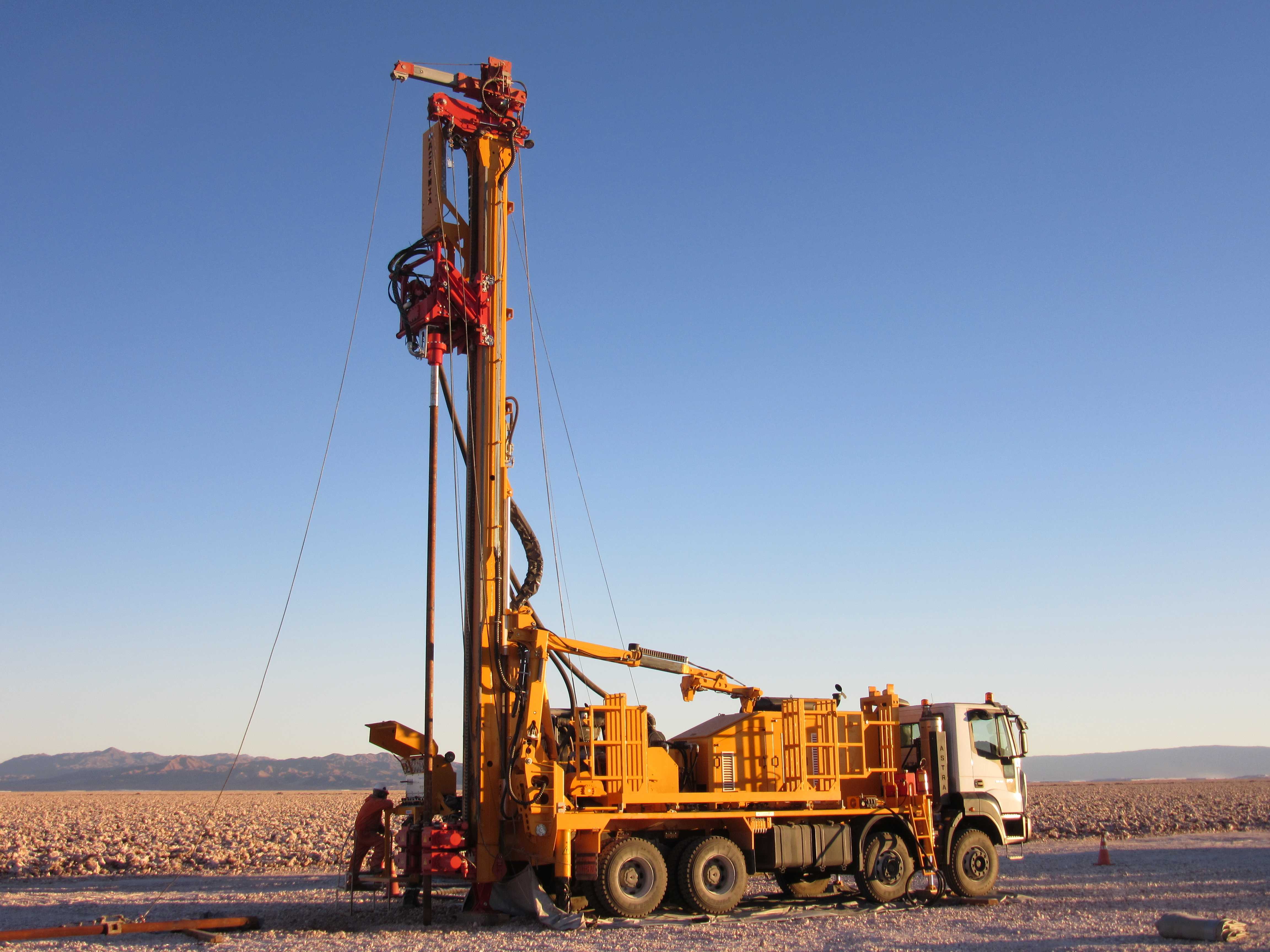

The fluid must have sufficient gel strength to keep cuttings suspended for transport, to form a filter cake on the borehole wall that contains the water within the drilling fluid, and to provide lubrication between the pipe and the borehole on pullback. Properly ground and refined bentonite is added to fresh water to produce a “mud.” The mud reduces drilling torque, and gives stability and support to the bored hole. The primary clay for drilling mud is sodium montmorillonite (bentonite). Drilling mud can be made from clay or polymers. High yield bentonite with quick jelling characteristics is used to preserve the integrity of the borehole during the swab pass.ĭrilling Mud: Usually a “drilling mud” such as fluid bentonite clay is injected into the bore during cutting and reaming to stabilize the hole and remove soil cuttings. Swab Pass: While pulling the reamer back to the shore if the Driller or the Superintendent feels that the hole is not conditioned or if there is a collapse of the hole, additional swab passes are made with the same size of the reamer. Similar procedure is repeated for all stages of reaming. Good grade of bentonite is continuously pumped through the reamers to flush the cuttings and stabilize the hole. This implies that any pipe section can be considered as straight section if the curvature of that section is less than that necessary to make the pipe deviate beyond the walls of the hole, which is roughly 1.5 times larger in diameter than the pipe itself. The straight sections are those in which the drilling hole curvature is ideally zero. The straight lines are referred as tangents.
#Directional drilling rig series#
The designed drilling profile consists of a series of straight lines and curves.

Curvature requirements are dependent on site geometry (crossing length, required depth to provide safe cover, staging site location, etc.) But, the degree of curvature is limited by the bending radius of the drill rod and the minimum elastic bending radius of the pipe. Higher tensile stresses reduce the pipe’s collapse resistance. The capstan effect is the increase in frictional drag while pulling a pipe around a curve due to a component of the pulling force acting normal to the curvature. Small radius of curvature induces bending stresses and increases the pullback load due to the capstan effect. One of the key considerations in the design of the drill-path is creating as large a radius of curvature as possible within the limits of the right-of-way. Soil borings for geotechnical investigation are generally conducted to 12m below river bottom. Typically, pipes are installed to a depth of at least 6m below the expected future river bottom, considering scour. Geo-technical data for River Crossings: River crossings require additional information such as a study to identify river bed, river bed depth, stability (lateral as well as scour), and river width. Although these are good general rules, the number, depth and location of boreholes is best determined by the geo-tech engineer.

A thumb rule is to take borings at least 10m to either side of bore path. The borings should be near the drill-path to give accurate soil data, but sufficiently far from the borehole to avoid pressurized mud from following natural ground fissures and rupturing to the ground surface through the soil-test bore hole. crossings which are less than 300 m length, as few as three bore log may be sufficient. For long crossings, bore logs are typically taken at 200 m intervals. Geo-tech investigation is performed by analyzing the soil sample extracted from bore-holes drilled along the pipeline route called as bore log data. recent nearby bridge constructions, other pipeline/ cable crossings in the area.) (Supplementary geo-technical data may be obtained from existing records, e.g. Soil strength and stability characteristics.Soil identification to locate rock, rock inclusions, gravelly soils, loose deposits, discontinuities and hardpan.

On the geo-tech information governs the determination of best crossing route along with selection of drilling tools and execution methodology.įollowing shall be investigated during the geo-tech survey: The purpose of the geo-tech investigation is not only to determine the feasibility of HDD crossing, but also to establish the most efficient way to accomplish it. Soils with cobble stones or rock having voids or incomplete layers of rock are not considered suitable for drilling. Selection of drilling head is dependent on the type of soil strata. Different types of drilling heads/ tools are used in the pilot-hole process.


 0 kommentar(er)
0 kommentar(er)
